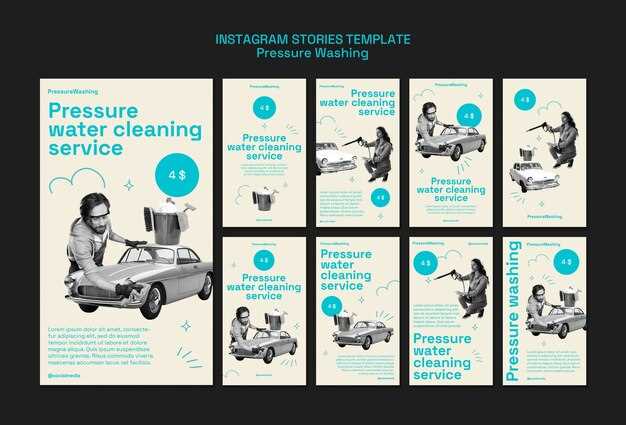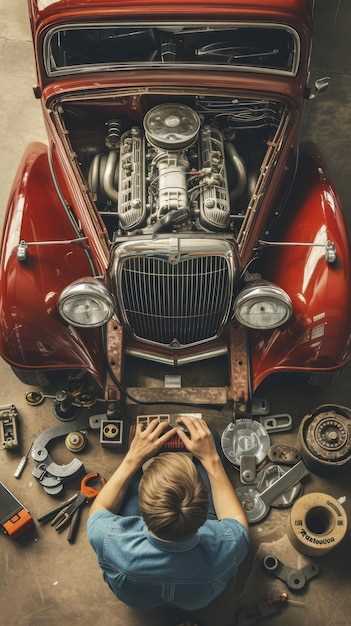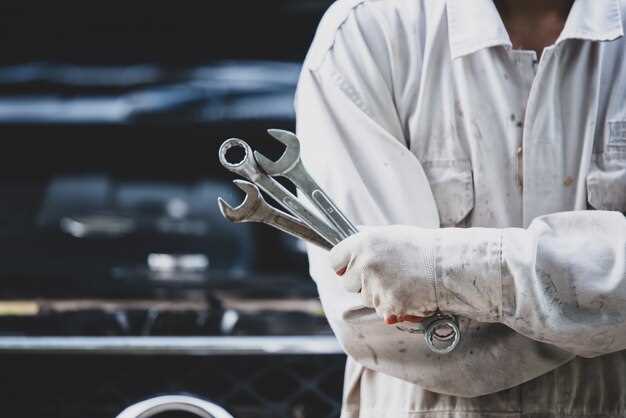Essential Maintenance Tips for Classic Cars

Owning a classic car is not just about the joy of driving; it’s also about preserving a piece of automotive history. Keeping these vehicles in top condition requires diligence and knowledge of specific maintenance practices. Here are some essential tips to ensure your classic car remains in peak condition and continues to turn heads on the road.
Regular Inspections are crucial for any car, but especially for classic models that may lack modern technology. Make it a habit to check essential components such as the engine, brakes, and transmission regularly. This ensures that minor issues are addressed before they escalate into costly repairs.
Another key aspect of classic car maintenance is fluid management. Older vehicles often depend on fluids that can degrade over time. Regularly check and change engine oil, coolant, and brake fluid to maintain optimal performance. Remember that using the correct type of fluids specifically designed for classic cars can make a significant difference in longevity.
Finally, storage conditions play an essential role in the maintenance of classic cars. Keep your vehicle in a climate-controlled environment to protect it from extreme temperatures and humidity. This will help prevent rust and deterioration, allowing your classic car to serve you well for years to come.
Regular Fluid Checks and Changes for Optimal Performance
Maintaining a classic car involves more than just polishing the exterior and changing the tires; regular fluid checks are essential for preserving optimal performance. Fluid levels can directly impact your vehicle’s functionality and longevity. Here are some crucial tips for managing your classic car’s fluids.
1. Engine Oil: Regularly check your engine oil to ensure it’s clean and at the proper level. Old or dirty oil can lead to poor engine performance and increased wear. Aim to change the oil every 3,000 to 5,000 miles, or as recommended by your vehicle’s manual. Always use oil that meets classic car specifications.
2. Coolant: The cooling system is vital for preventing overheating, especially during warmer months. Regularly inspect the coolant level and ensure there are no leaks. It’s advisable to flush and replace the coolant every 2 to 3 years to prevent corrosion and buildup.
3. Transmission Fluid: For classic cars, the transmission fluid should be checked frequently, as it plays a key role in gear shifting and overall drivability. Change the transmission fluid and filter according to the manufacturer’s recommendations, usually every 30,000 to 60,000 miles.
4. Brake Fluid: Brake fluid is crucial for safety. Check the level regularly and look for any signs of contamination or moisture. It is generally recommended to replace brake fluid every two years to ensure optimal braking performance.
5. Power Steering and Differential Fluids: Don’t forget to check the power steering fluid and differential fluids as well. These fluids are critical for smooth steering and effective power transmission. Flushing and replacing these fluids periodically can prevent costly repairs down the line.
By adhering to these fluid maintenance tips, classic car owners can enjoy a reliable and smooth ride, preserving the charm and performance of their treasured vehicles for years to come. Regular checks not only enhance performance but also ensure safety on the road.
Preserving Exterior and Interior: Best Practices

Preserving the exterior of a classic car requires regular washing using a gentle car soap to avoid damaging the paintwork. Waxing your vehicle every few months not only enhances its shine but also provides a protective layer against UV rays and contaminants. Avoiding automatic car washes, which can cause scratches, ensures that your classic remains in pristine condition.
When it comes to the interior, protecting your upholstery is essential. Regular cleaning with a vacuum helps remove dust and debris. Leather seats should be treated with a specialized conditioner to prevent cracking, while cloth interiors benefit from fabric cleaner. Sunlight can fade the dashboard and seats; therefore, using UV-blocking window films or sunshades is advisable.
It is important to routinely inspect weather stripping around doors and windows. Replacing damaged seals not only prevents leaks but also enhances cabin insulation. Similarly, maintaining the trim and moldings ensures that your classic car retains its charm and value over time.
For both the exterior and interior, it’s advisable to park your classic car in a garage or covered area when not in use. This minimizes exposure to harsh weather conditions, reducing wear and tear. Following these maintenance tips will help preserve the beauty and integrity of your classic car for years to come.
Electrical System Maintenance: Battery and Wiring Care

Keeping the electrical system of your classic car in top condition is essential for optimal performance. A well-maintained battery and wiring not only ensure reliable starting but also enhance overall functionality.
Start with the battery. Regularly inspect it for corrosion, which can accumulate on terminals, impeding electrical flow. Clean any corrosion with a mixture of baking soda and water, then rinse thoroughly. Ensure battery terminals are tightened securely to prevent loose connections that can lead to starting issues.
Check the battery’s fluid levels if it is a non-maintenance-free type. Top them off with distilled water as necessary. Additionally, test the battery’s charge regularly using a multimeter to ensure it maintains proper voltage levels.
Next, focus on the wiring of your classic car. Inspect wires for signs of wear, such as fraying or cracking insulation. Damaged wires can lead to shorts and malfunctioning components. Replace any degraded wiring promptly to avoid more significant electrical issues.
Ensure connections are clean and tight. Loose or dirty connections can create resistance, resulting in poor performance. Use dielectric grease on connections to help prevent moisture ingress, which can cause corrosion.
Finally, check fuses and relays regularly. Look for blown fuses and replace them with the correct amperage units. Keeping a stock of replacement fuses can save time during a breakdown.
By following these tips on battery and wiring care, you can maintain your classic car’s electrical system, ensuring it runs smoothly for years to come.



